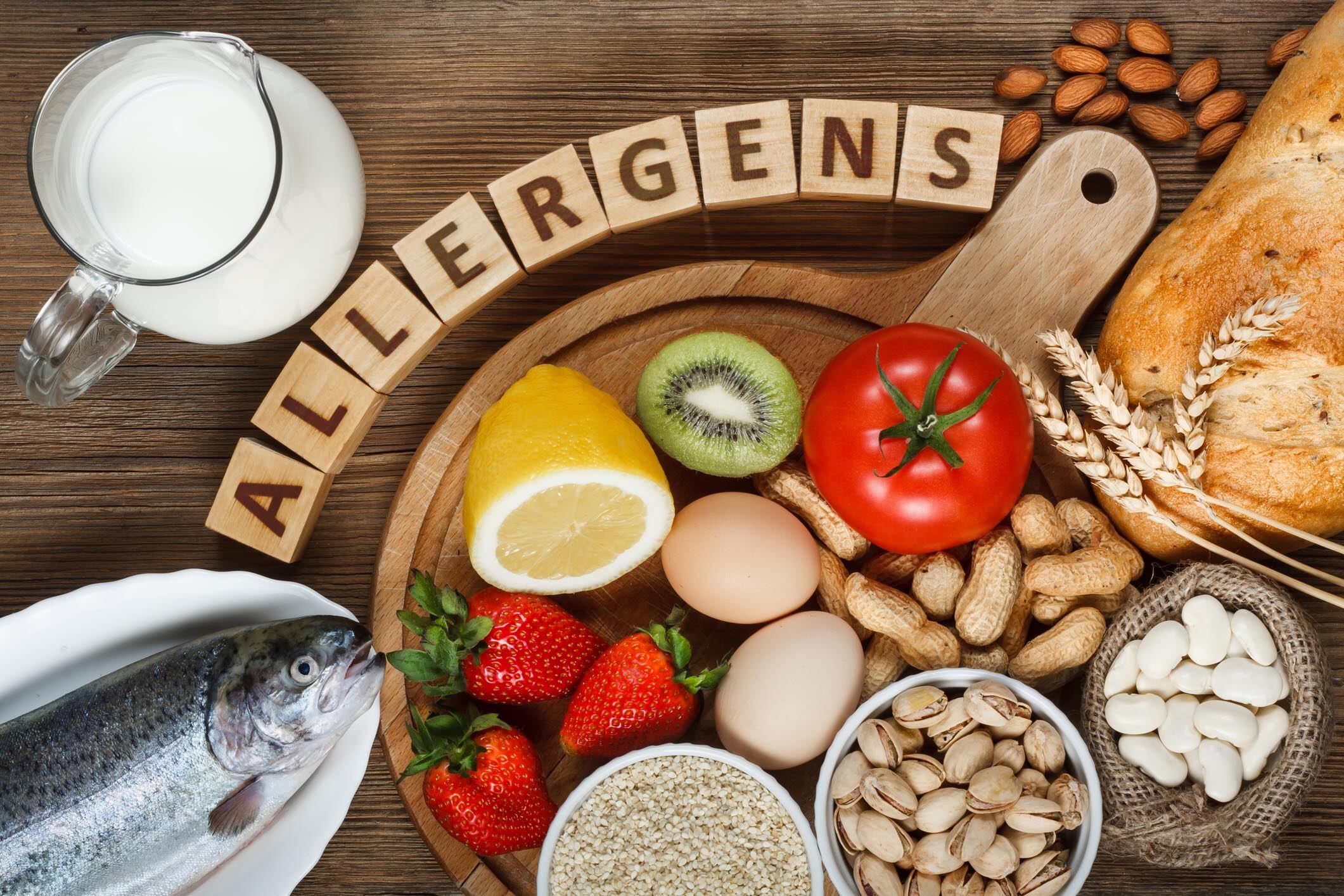There has been significant cant debate about the requirements of the Food Information Regulations – whether they are sufficient to protect consumers and if higher standards are required, particularly for large scale operators.
Any finalised legislative changes will take time to be brought into force but, in accordance with current requirements, operators must ensure they are aware of the allergen content of all food supplied and have information available for customers upon request.
In an ideal world customers with allergies will notify you, but by ensuring that you have informed staff members and clear information available, potential risks will be minimised.
The Food Standards Agency is an excellent source of information but here are a few tips to help with any operation:
- There are 14 major allergens: eggs; sesame seeds; milk; tree nuts (such as pine nuts and chestnuts); peanuts; fish; crustaceans (types of shellfish such as prawns); soya (may be clearly identifiable able in soy based products but may be contained in some other foods such as sauces and stock cubes); cereals containing gluten; molluscs (shellfish such as mussels); celery; mustard; lupin (this can be found is some flours and can be used to make pastry and batters); and sulphites (these are used as preservatives and can be found in products such as processed meats, soft drinks, pickled foods and dressings)
- Clear and visible notices must be provided informing customers that they can request allergen information
- Staff must be fully trained on the importance of allergen identification and potential medical consequences of failing to do so
- Clear written documentation should be available that identifies the dishes which contain ingredients that may give rise to allergic reactions
- Procedures must be implemented from back to front of house regarding food storage, preparation and service areas
- Risk assess the dishes you offer and the specific ingredients involved, ensuring that suppliers provide accurate written details about all ingredients used
- Ensure kitchen staff are aware when using garnishes such as nuts or cheese
- Where possible provide a separate ‘clean’ preparation area for allergen-free meals.
- Care should be taken when using cooking utensils and reusing cooking oils
- Reduce the risk of cross-contamination through thorough cleaning and personal hygiene practices
- Have a clear written policy regarding the administration of first aid or calling an ambulance should a worst case scenario be realised.
Operators can take positive steps to minimise risks to ensure that customers remain happy, healthy and have a full belly.



